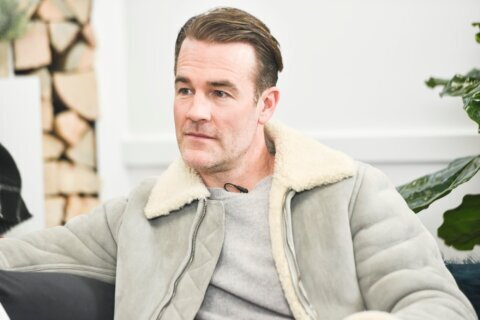▶ Watch Video: Gayle King reflects on Tina Turner’s legacy
Tina Turner, who died at age 83 after a long illness, had hypertension, or high blood pressure, which affected her kidneys and required a lifesaving kidney donation from her husband, Erwin Bach, in 2017.
Turner once penned an essay for the Show Your Kidneys Love campaign, which spreads awareness about kidney disease. In the essay, Turner said for a long time she didn’t realize the importance of treating her hypertension, and acknowledged she had put herself “at great danger by refusing to accept the reality that I required daily medication for the rest of my life.”
She was first diagnosed with hypertension in 1978, “but didn’t care much about it,” she said. Years later, in 2009, she had a stroke because she was not controlling her hypertension. She learned that her kidneys had lost 35% of their function.
Chronic kidney failure is known as a “silent killer,” because “symptoms do not become noticeable until 80 percent of renal tissue is lost,” Turner continued. “As it happened to me, hypertension is one of the most frequent causes of kidney failure.”
She eventually started dialysis. “It was my only option, but it was depressing to be connected to a machine for hours,” she wrote. “For the next nine months, all my life was about dialysis. I realized that the struggle for healing is always also a struggle for accurate information.”
For people experiencing kidney failure, a transplant “is often the treatment of choice … compared with a lifetime on dialysis,” the Mayo Clinic explains. In about a third of cases, that involves a transplant from a living donor. That was the route Turner took, with help from her husband.
“I was lucky that Erwin offered to donate one of his kidneys to me. It was the first step to kidney transplantation, a very complex procedure,” she wrote.
Turner and Bach, German music executive, were together for 27 years before they married in 2013. They lived in Europe for decades, most recently at a home near Zurich, Switzerland.
 Singer Tina Turner and her husband Erwin Bach during Paris Fashion Week on July 3, 2018.
Singer Tina Turner and her husband Erwin Bach during Paris Fashion Week on July 3, 2018.
Bertrand Rindoff Petroff / Getty Images
In her 2018 autobiography, “Tina Turner: My Love Story,” she wrote that Bach “shocked me by saying that he wanted to give me one of his kidneys,” The Associated Press reported. Turner added that she was “overwhelmed by the enormity of his offer.”
Afterward, she described feeling “overwhelmed and relieved that we’d come through this alive.”
But in the months following the transplant, she said she experienced a “never ending” series of ups and downs as her body tried to reject the new organ, which can happen after such procedures.
“Every so often this required more hospital admissions,” she said. “I kept feeling nauseous and dizzy, forgot things, and was scared a lot. These problems are still not quite resolved. I am on multiple prescriptions and take great care to follow my doctors’ orders meticulously. For I know that I can trust them and their therapies.”
The survival rate for kidney donation recipients has improved over the years — going from from 66% in 1996–1999 to 78% in 2012–2015, according to a study published in The New England Journal of Medicine. Patients who receiving living kidney donations, like Turner’s, have also seen an increased success rate, according to the study.
Management of ailments like hypertension and diabetes can help improve the success rate of a kidney donation, according to Mayo Clinic.
According to Donate Life, which raises awareness for organ donations, more than 90,000 people in the U.S. are waiting for a kidney donation. It can take an average of three to five years to receive a kidney from a deceased donor, but with a living donor — someone who is willing to donate a kidney while alive — the wait could be lessened.
One of Turner’s recent Instagram posts, just a couple of months before her death, was a partnership with Show Your Kidneys Love for International World Kidney Day on March 9 to raise awareness for kidney health.
In another Instagram post from 2021, Turner gave insight into how her relationship with Bach began. “When I first asked Erwin out, it was a spur-of-the-moment decision. Sometimes seconds change your life. Because you feel a spark, an instant connection,” she wrote, sharing a black-and-white photo of them embracing.







